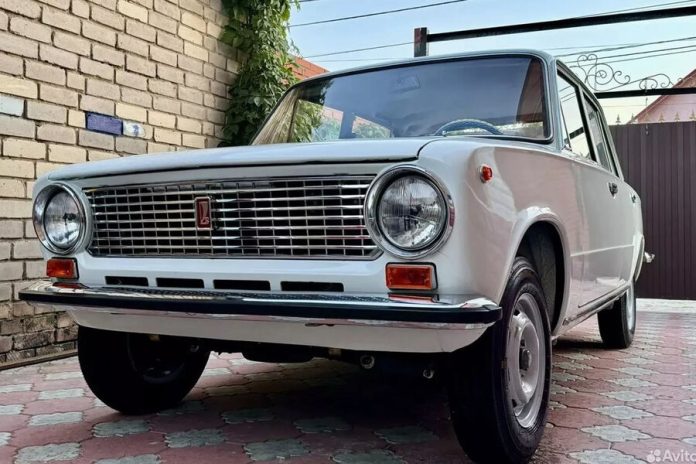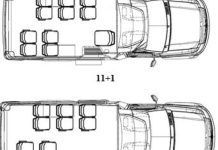Analyst Sergei Tselikov used facts and figures to tell the story of how the Russian car fleet developed during the turbulent 1990s. The expert emphasized how foreign cars gradually replaced the Zhiguli and Niva on the roads. The decade from 1991 to 1999 was a turning point for the country’s automotive industry.
“The most difficult period in Russia from a statistical point of view was the years from 1991 to 1994. First, the collapse of the USSR, then the gradual withdrawal of the former Soviet republics from the single economic and customs space. Therefore, some data had to be estimated,” Tselikov explained.
At the end of 1990, 8.9 million passenger cars were registered in Russia, almost half of which were AvtoVAZ products. Foreign brands made up only 2% of the vehicle fleet.
In the 1990s, the situation changed dramatically: the market was flooded with new and used foreign cars. At first, their import was almost uncontrolled, both by companies and individuals, then the first official dealers of foreign brands began to appear. By the end of 1996, the share of foreign cars exceeded 8%, and by 2000 it reached almost 15% of the country’s entire vehicle fleet.
The total number of cars in Russia grew rapidly: from 9.8 million in 1991 to 14.7 million in 1995, and to 19.7 million by 1999.
As of January 1, 2001, the Russian vehicle fleet numbered 20.35 million passenger cars, and the motorization rate reached 130 cars per 1,000 people. There are over 2 million registered cars in Moscow—224 cars per 1,000 residents.
The Lada brand continued to account for almost half of the domestic car fleet: over 35% belonged to the “classic” family, 9.3% to the “Samara,” and 3.9% to the “Niva.”
By the beginning of 2001, foreign cars confidently accounted for 14.8% of the fleet, or 3.02 million cars. Of these, 876,000 (4.3% of the total) were right-hand drive, which is due to the active motorization of the Far East and Siberia due to used Japanese cars. In Moscow, the growth of foreign cars was especially noticeable: almost every fourth car, namely 23% (475.9 thousand), had a foreign brand.








